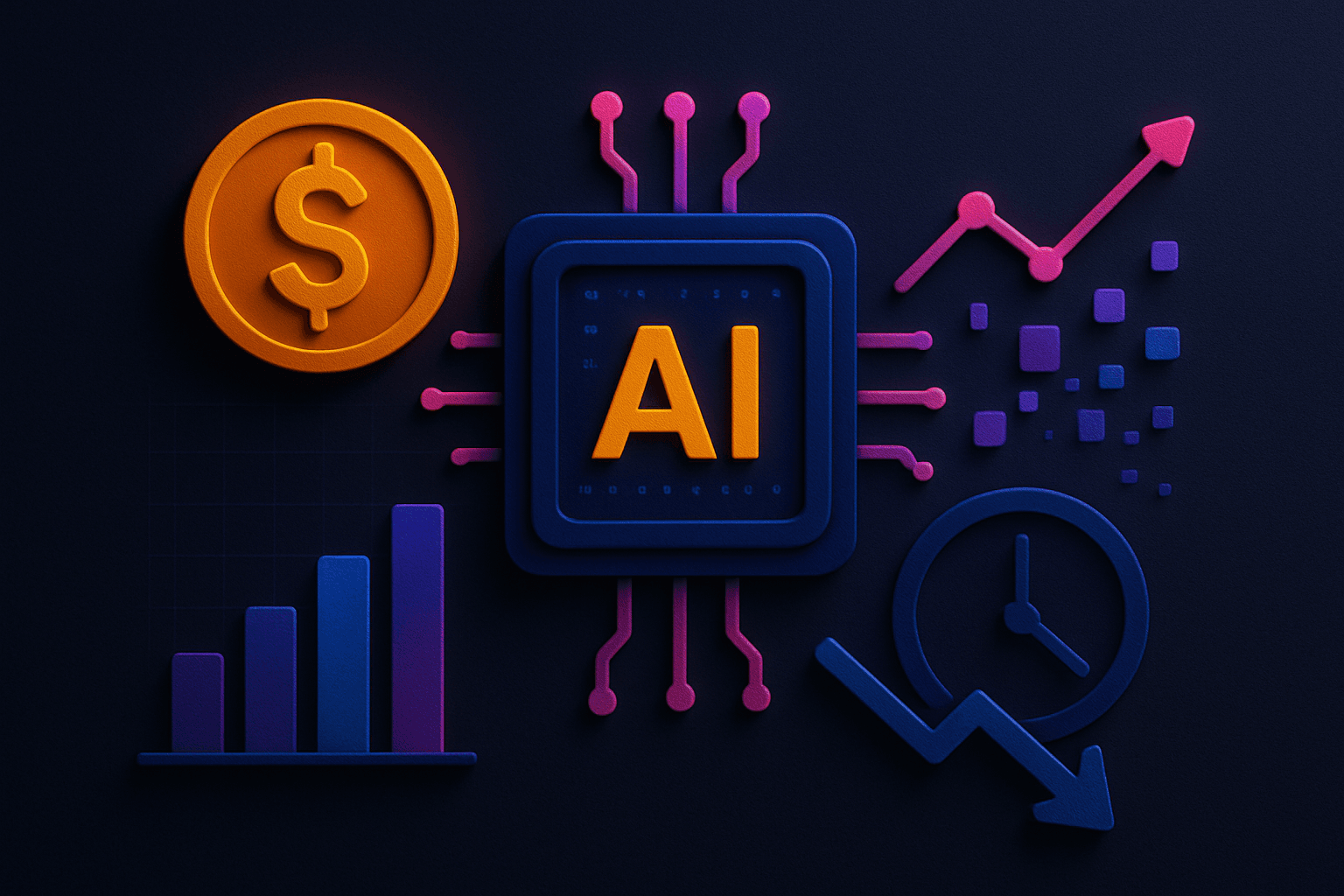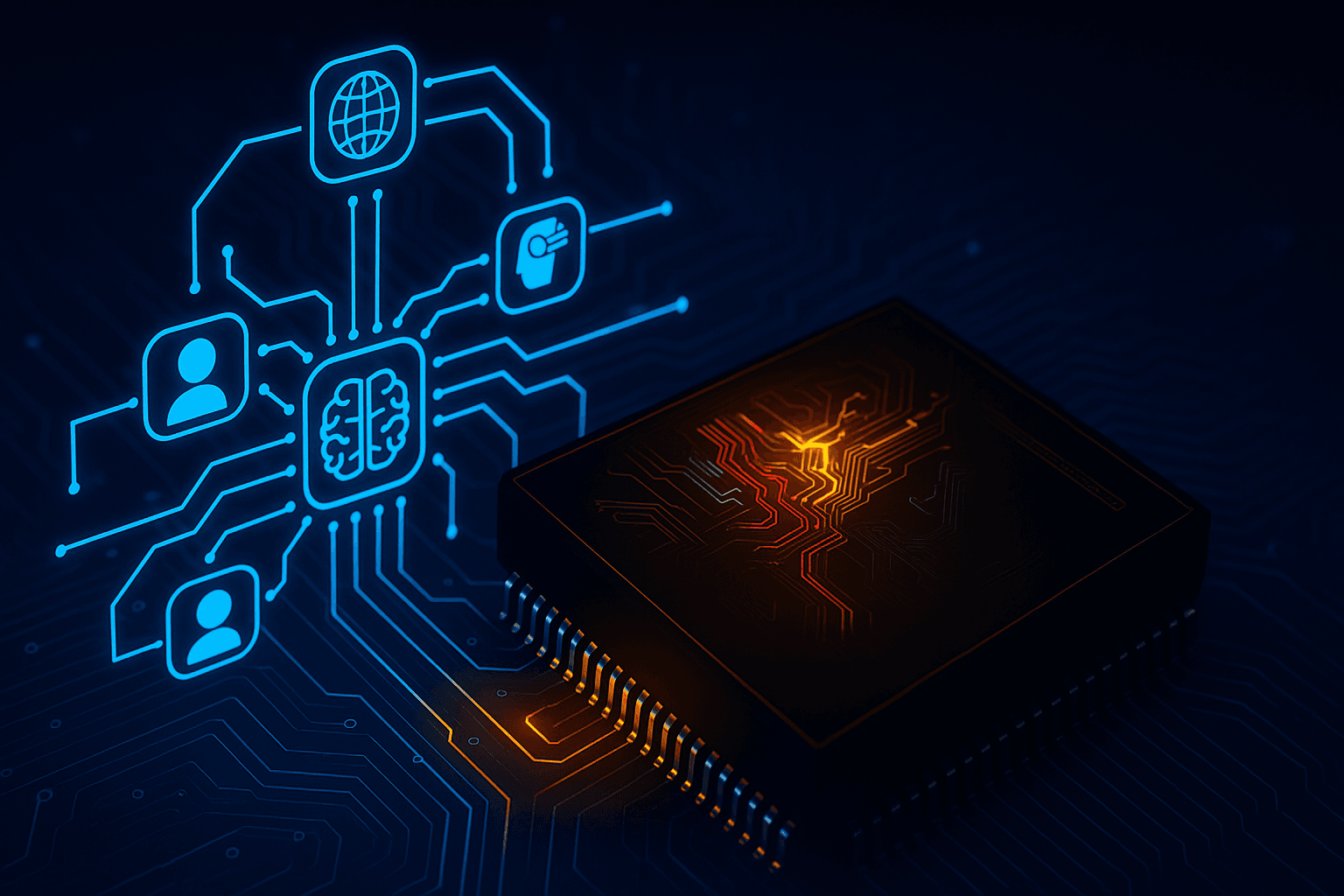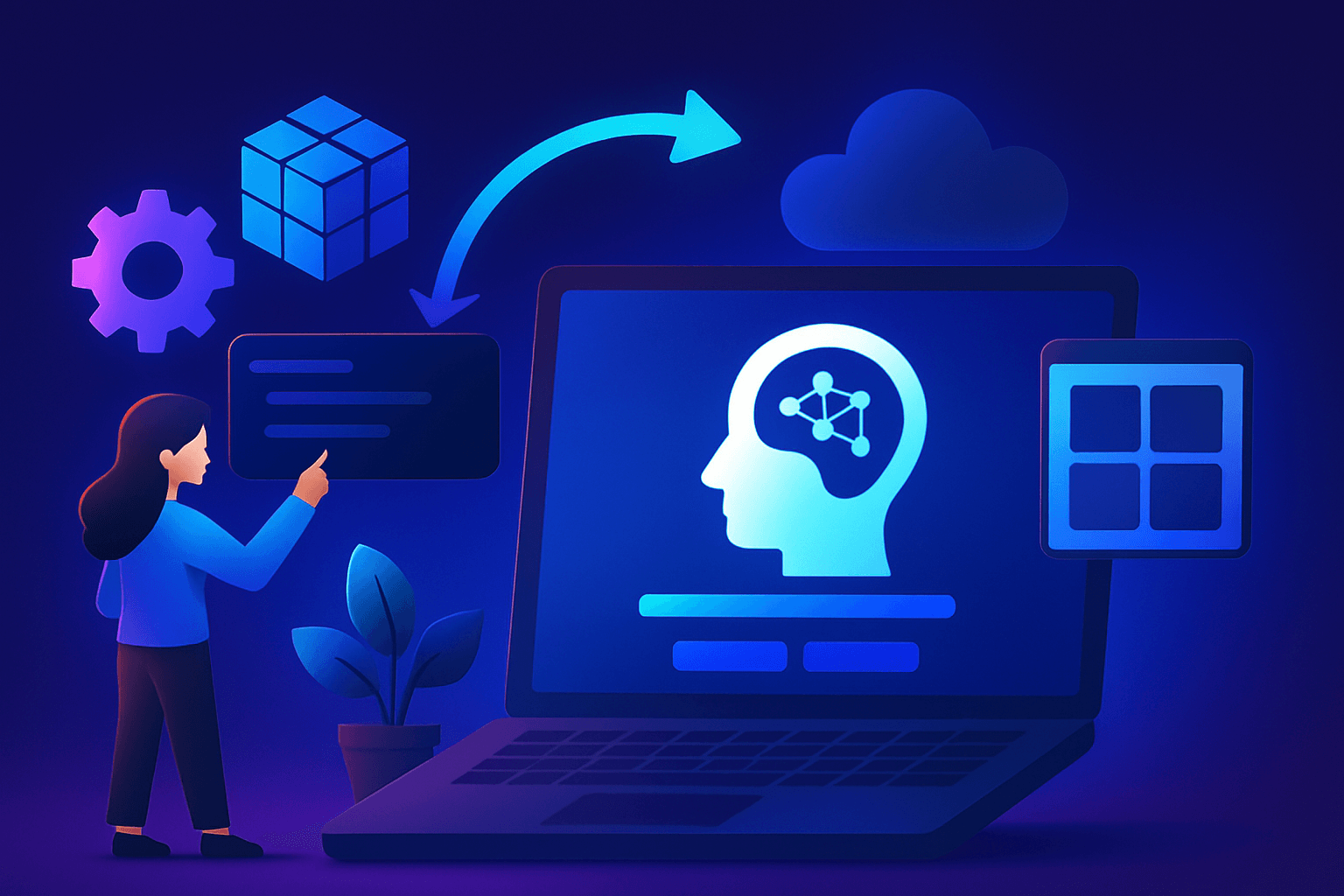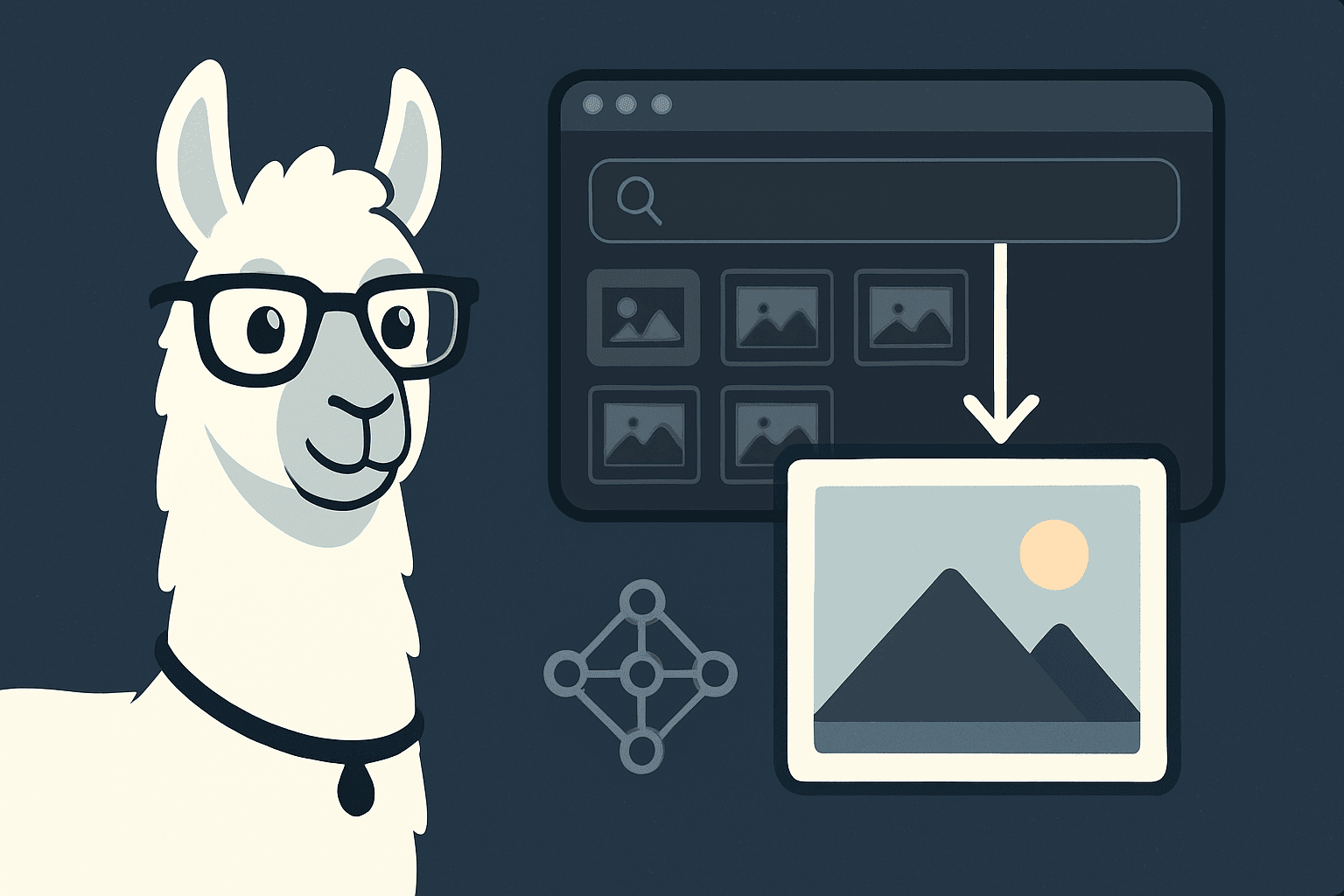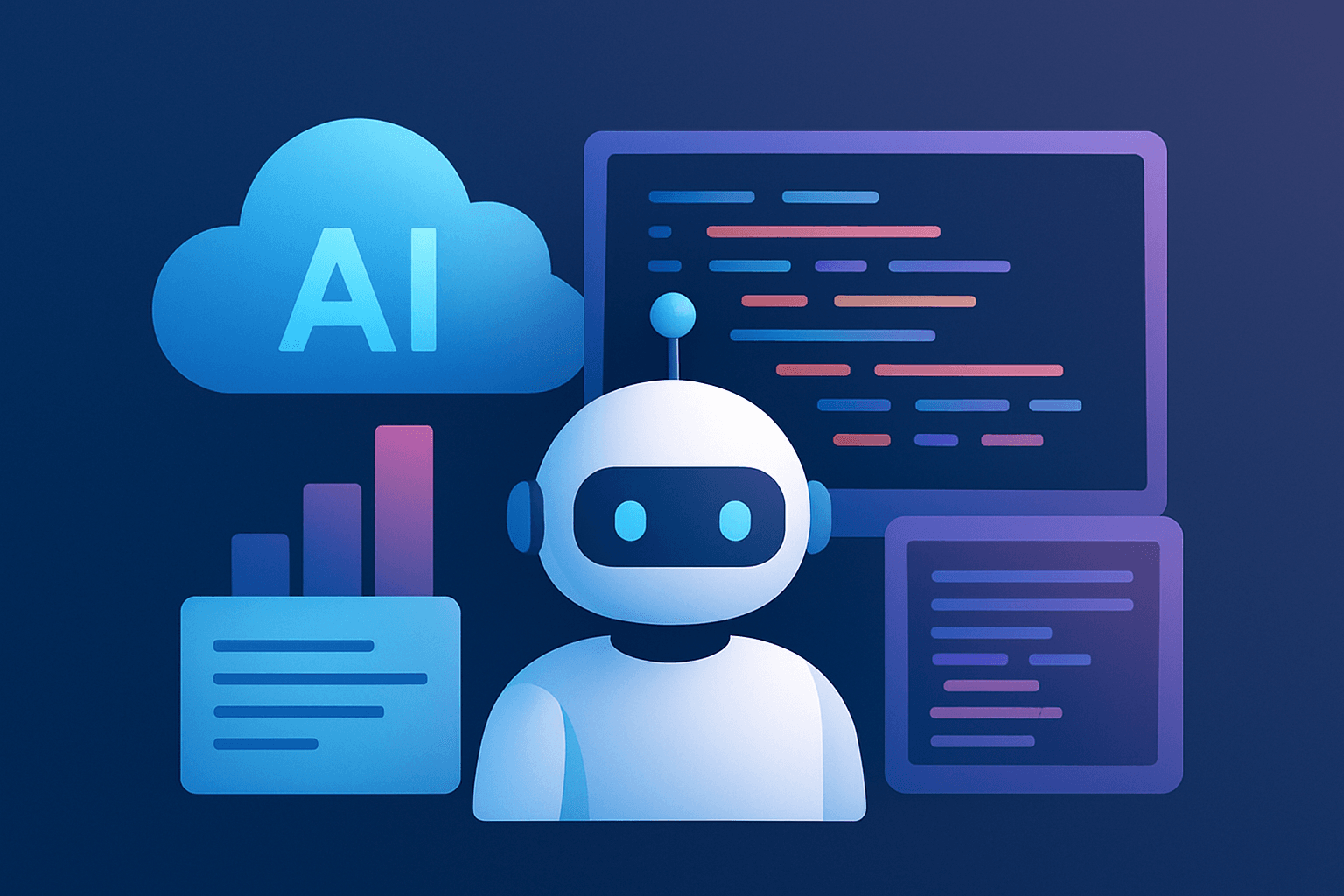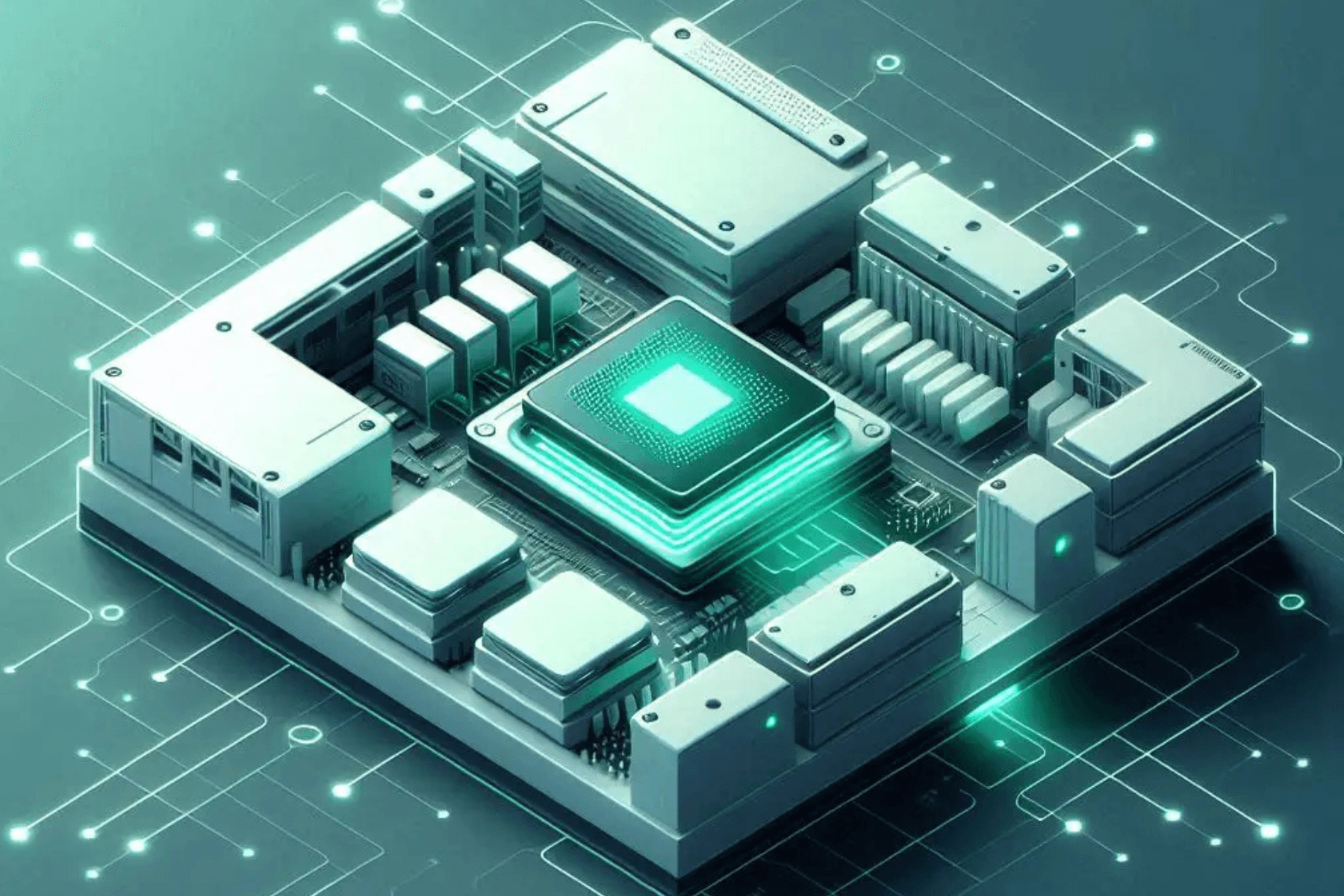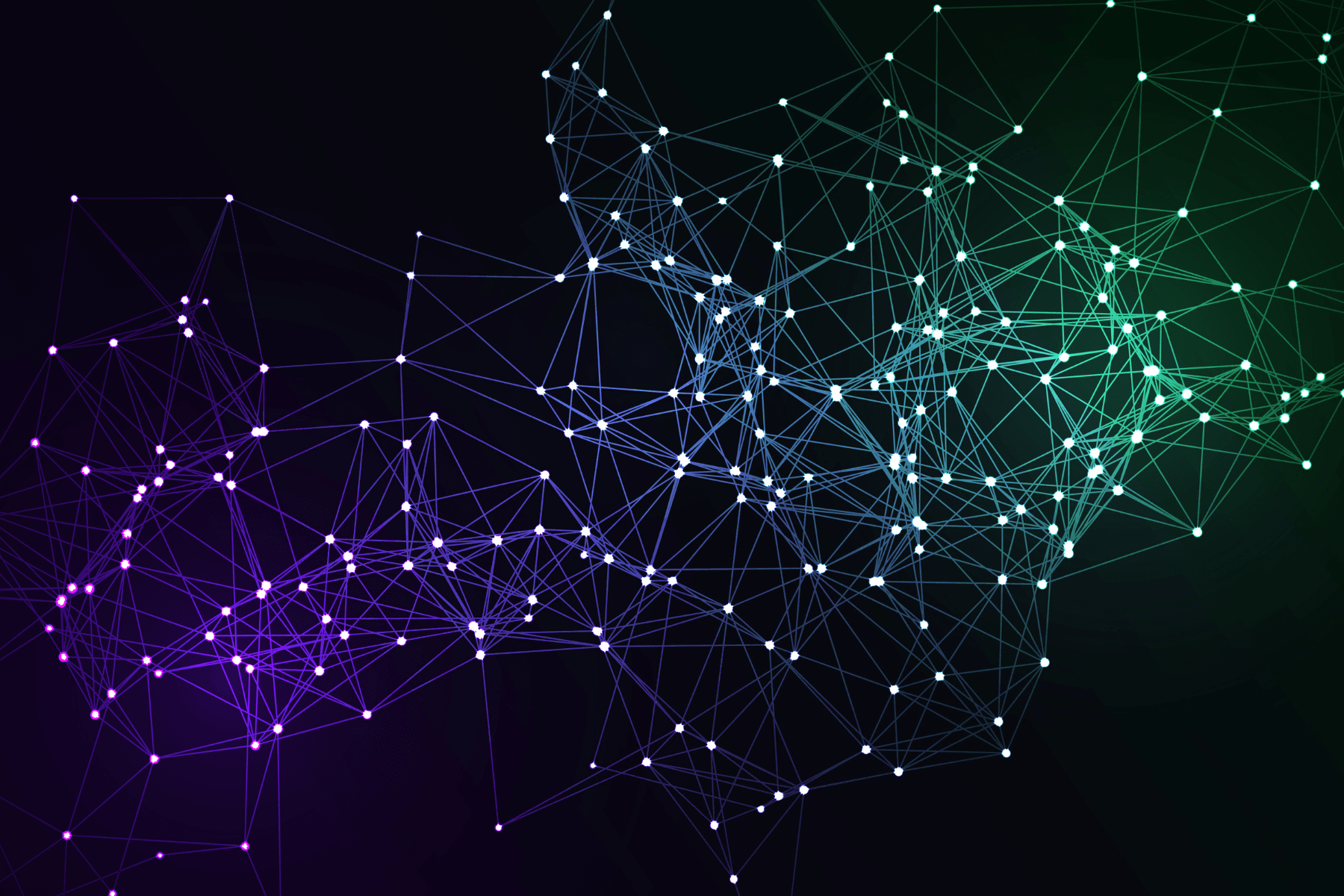Introduction
With the increase in data around the world, there was one question that the scientists were asked the most – how much data can be stored in one space? The question was simple. How much data can a person sitting at his home store without taking up much space? As we have been able to take terabytes of data servers into portable disks like HDDs, it is still not enough considering the amount of data that is flowing on the internet. It seems as if the need for data servers cannot be satisfied unless you buy huge lands for storing data, like data farms. Now, through a simple web interface, it was possible for anyone to buy certain servers on the cloud and not worry about physical space at all.
From there on, cloud servers have been helping companies in many different ways other than mere physical space savings.
The Current Situation
Nowadays, businesses have started to recognize the other benefits of cloud servers. Here we are talking about the cloud-based services and computing facilities and the overall functionality that a cloud-based servers system offers.
It is obvious that using cloud-based servers decreases your overall need for physical space and physical hardware. It doesn’t matter if it’s a windows cloud server or a WordPress cloud.
But other than that, there are several other major benefits of cloud-based servers. Here they are:
1. First and foremost comes security. Using cloud-based servers decreases your overall need for security. When it comes to security on the cloud servers providers, they must keep the data secure, and they do so with expertise. With these, businesses no longer need to worry about hiring a specialized team for setting up a secure VPS server. The entire responsibility of encryption and decryption while accessing the data is of the cloud-servers provider and not you.
2. The second is access. With a fully root access Virtual Private Server, it is possible for you to securely access your data and process it from anywhere in the world at any given time. The uptime and access resolve most companies’ need for hiring additional crew for keeping the data centers up and running all the time.
3. Access brings us to maintenance. There is no need for maintenance from your side. The cloud servers providers handle these kinds of things to make sure your experience while using is as easy as possible. That is possible with a windows or Linux VPS as well as a secure WordPress cloud.
4. Last but the most important is the budget and commitment requirement. Because we not only need a simple WordPress hosting but an affordable WordPress hosting. If we see the overall cost of buying and maintaining a data center, it will easily eat up a lot of the company’s budget. But while using a cloud servers facility, there is no such big investment. You may just use it for the commitment required by the provider, and that’s it. This takes care of a big chunk of business money and reduces the overall commitment required with the investment.
Understanding Your Needs
Before we go on discussing what to look for in cloud servers and how to find the best match for your requirement, you need to know what exactly you need. You should be sure that you need cloud servers or not. Here are a few examples through which you can understand your own cloud servers requirements:
The first example is of a fixed client-based service providing company. Imagine you own such a company. The main requirement will be to store whatever data your client gives you and provide a hosted service (it can be based on windows cloud or any other Self managed VPS server) based on their requirement. Here you need to allot a specific space for each client because all of them would be isolated. Now, here the priority would be for security as well as servers locations. You need to make sure that your data stays secure and that it can be backed up whenever necessary. You cannot afford to have the data destroyed in any case as your entire clientele depends on it. As we have seen, about 67 percent of data is lost due to hardware crashes.
The second example is of an OTT platform or any service-based company you open to the world. Now here, the main requirement is not only the client’s personal information, but more importantly, the proprietary data of yours. Every platform has a huge amount of data that they need to provide to the customer base. So here, the requirement priority will change. First would be data capacity, then would be access and security, and then the overall data failure and resolution steps. You need to know the priority according to the business of yours and what you want for your customers. So it won’t be the typical decision of buying a windows VPS, but a more thorough one.
The last example is about a personal use case. Here is when it is critical to analyze the needs to check whether you require a cloud servers or not. In a personal use case, there are always two checks. First is the data servers capacity, and second, the ability to access data from anywhere. Sometimes, people prioritize security over data capacity. If that is the case, it is always better to have an offline servers system. But if you need more space with ease of access from anywhere, a cloud servers may be opted.
Things to Know Before You Find the Right Cloud servers
Have a proper guideline as to which things will be required. For example, how many servers and how to calculate it, how many years should you consider, and how much your company will scale up.
The above scenarios just give you a way of understanding the need. Just to know if you need a Coppermine or a Drupal account. But there are certain things through which you can calculate those needs so that the decision becomes easier.
Here are a few questions to answer before you go on to search for a cloud servers:
· How many servers would be required? It is a fundamental question to ask before you look for cloud servers. You should know what is the requirement as of now. Do you need a huge data capacity or a small one? Have a rough number in mind according to your service and the number of clients you have.
• This graph will help you gain a little idea.

· How long would you need it for? Once you know how many servers you need, it is necessary to know for how long would you need these servers. This always depends on the kind of commitment you will need to give. This will have a considerable effect on your budget, and hence it is crucial to keep in mind before you go on to search for a service provider.
· How much growth do you expect in need of data? After you answer the first two questions, it is time to look for the future. Are you expecting a considerable amount of growth in your clientele? If yes, how much and how quickly? Because your answer would affect the decision considerably. You should know if at all the service company you are choosing would be able to accommodate your new demand for servers or not. Because changing servers in the middle could be taxing
Now that you know what you need, let us see what you should look out for:
· Server location: The server location could affect your overall access and recovery in times of failure. It is necessary to check if the physical location can bear the natural conditions and any adverse effects that may come. For example, you do not want your data with a company that has its data center at the top of a 40-floor building in an earthquake-prone area.
· Security: One of the biggest needs right now is data security. Look at the graph below for reasons people migrate to cloud servers.

Be very careful in assessing the company’s security measures you choose to take care of your data. It is necessary to check the encryption schemas and the network protocols used by the company.
· Performance: With heavy security comes performance needs. If the encryption-decryption schemas are too complicated, you need heavier performing cloud-servers. You do not want any lag or heavy wait time in accessing your data. Performance, security, and server locations go hand-in-hand. E2E Networks provide the best availability and high reliability in the market. We have shorter refresh cycles that make it possible for us to provide a high-performing network with superior uptime. E2E Networks provides an ultra-low latency.
· Technical assistance: You need a company that can assist whenever you need it. Preferably 24x7. You need a service provider who can take care of the data for you like it's their own.
· Service level agreements: SLAs are among the most critical factors of all while choosing cloud servers. It takes every commitment to the paper. It has everything from how the data would be stored to where it will be stored and how it would be secured.
· Ease of integration: It is necessary to check if the cloud servers would be easily integrated with the current company stack or not. It is an important factor while choosing a cloud server provider. Switching or integrating a cloud servers platform with the existing pipeline should be as smooth as possible.
The Golden Question – Budget and ROI
Now comes the most important factor of all, money. You should know that whatever features or services you get or ask, will have a price tag attached to them. If you need more servers, or more security, or better accessibility, everything has a price. So, you need to evaluate the plans according to your budget carefully. You need to know two things here. First, the return-on-investment. Basically asking, do you get what you pay for? Second, the commitment period.
The second one is an interesting concept in the marketing world because companies are looking to get revenue in small amounts for a longer period or a huge amount in one go. So, if your commitment period is longer, you may get a better-discounted price. It may also happen that you need to pay for a longer period and stay committed to the contract. Hence, you need to adjust according to your budget and the growth you expect for your company or your personal needs.
That is where E2E Networks can help you, as it never asks for a huge commitment. You can get a service for as low as an hourly basis with no minimum billing requirement. You can pay as you use. Best of all, E2E Networks is the most affordable cloud service provider in the industry. E2E Networks have a transparent and Indian currency transaction scheme that makes it further cost-effective.
Conclusion
We hope that with this guide, you will be able to understand what you need, what you should look for, and what you can expect with any service provider you choose. Keeping everything in mind, it feels a bit overwhelming and research-demanding to look for proper cloud servers. So, we will help you out with an initial suggestion. E2E Networks. With industry-leading standards and a secure server network, E2E Networks is definitely the cloud servers you should look for.
So, why wait? Get started with a cloud servers service right now.
Get more details here: https://bit.ly/CloudE2E
